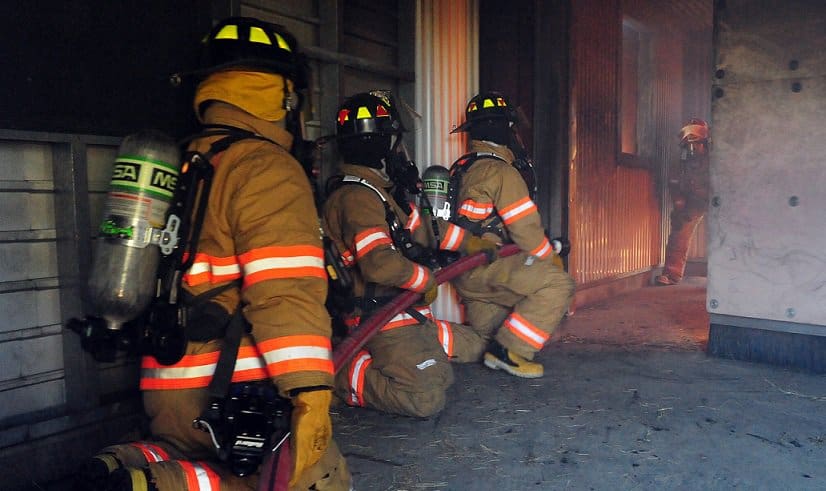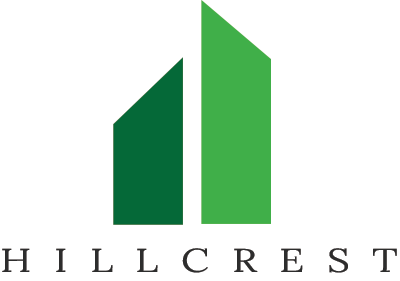HOA disaster preparedness is essential for the protection of the community and its residents. Natural disasters and emergencies can strike at any time. Without a solid plan, HOAs may struggle with the damages and the risks involved. A well-developed emergency plan ensures a standard response and quick recovery.
The Importance of HOA Disaster Preparedness
Preparing for emergencies in an HOA is about more than just reacting to disasters. It’s about ensuring the community can minimize risks and recover quickly. Without a proper plan, an HOA may face challenges such as delayed emergency response, miscommunication among residents, and financial burdens from unexpected damages.
A structured disaster preparedness plan has the following benefits:
- Ensures Resident Safety. A well-prepared community can help reduce risks and prevent injuries.
- Minimizes Property Damage. Preventive measures can limit the damage that natural disasters have on HOA assets.
- Enhances Response Efficiency. A clear plan keeps everyone on the same page and streamlines actions.
- Expedites Recovery. Associations can speed up recovery with the help of proper documentation and an effective debris management strategy.
What to Include in an HOA Disaster Preparedness Plan
A disaster preparedness plan should outline clear steps for handling different types of disasters. Here are the things to include in an HOA emergency plan.
1. Chain of Command
A clear chain of command defines the role of each board member or leader in times of crisis. There should be designated roles for handling communication, evacuation, damage assessment, and coordination with first responders. Without a chain of command, board members might haphazardly make decisions and step on each other’s toes. This can delay response times.
2. Site Plan
A detailed site plan helps emergency responders and residents navigate the community in a safe manner. The plan should include maps with locations of emergency exits, utility shutoffs, fire hydrants, and designated safe zones.
3. Evacuation Routes
When it comes to HOA emergency preparedness, it is essential to have clearly marked evacuation routes for various types of disasters. In case of emergency, residents must know where to go and how to exit the community safely.
Evacuation plans should be designed with accessibility in mind. This ensures that seniors and individuals with disabilities can evacuate without harm. Board members can even organize evacuation drills to help familiarize residents with the routes.
4. Standard Protocols
Every HOA disaster preparedness plan should include standardized procedures for different emergencies. Each type of disaster requires specific response actions.
For instance, in case of a fire, residents must evacuate immediately. On the other hand, in case of a flood, it is necessary to seal off points where water can enter and move valuables to higher ground. Whatever the emergency, the HOA natural disaster preparation plan should outline the steps clearly.
5. Budget
Homeowners associations must have a dedicated budget for HOA disaster preparedness. This budget should cover emergency repairs, debris removal, and even temporary housing assistance for displaced residents.
Some HOAs set up a separate fund for emergencies. It is important that this fund is highly liquid and that board members can easily access it when the need arises. This fund is separate from the operating fund, which covers day-to-day costs.
6. Insurance Information
The emergency plan should have the HOA’s insurance policy readily available. Board members should also understand the details of this policy, including coverage information, deductibles, and how to file a claim. This way, the board can act quickly, receive compensation, and get to work on recovery.
7. Community Photos (Pre-Disaster)
Pre-disaster documentation is crucial for filing accurate insurance claims. Make sure to take photos of common areas, buildings, roads, and amenities before a disaster. This will help establish a baseline for damage assessments.
The HOA board should store these photos in a secure place. It is also important to update these photos every now and then so that they reflect any changes in the community.
8. Designated Meeting Place
The HOA board must establish a designated meeting place where residents can gather after an evacuation. This location should be easily accessible, safe from potential hazards, and large enough to accommodate residents.
Associations should also inform residents about this meeting place in advance and include it in emergency communications. Having a predetermined gathering point ensures that residents have a place to regroup and get updates on the regular.
9. Essential Contacts
It is vital to maintain and update a list of essential contacts regularly. This includes contact information for first responders, local government agencies, utility providers, board members, and HOA managers.
Having quick access to these contacts ensures that the HOA can coordinate effectively during an emergency. Without a comprehensive contact list, there may be communication delays, which can hinder response and recovery efforts.
10. Debris Management and Removal Plan
Disaster recovery often involves clearing debris from roads, buildings, and common areas. The HOA disaster preparedness plan should include agreements with waste management and debris removal services.
Make sure to establish a contract with a removal company in advance. This ensures that cleanup efforts begin immediately after a disaster. A delay in debris removal can create additional safety hazards and slow down rebuilding.
11. Response Plan
A structured response plan outlines the steps the HOA must take after a disaster. This includes assessing damages, coordinating with emergency services, notifying residents, and beginning the process of rebuilding.
An effective response plan helps ensure that recovery efforts are organized and efficient. This can reduce the long-term impact of the disaster on the community. Without a clear response plan, the community may encounter problems and financial issues.
Common Natural Disasters and How to Prepare for Them
In Chicago, extreme weather conditions frequently pose significant risks. It is important for associations to include response strategies for common natural disasters in their HOA disaster preparedness plan.
1. Flooding (Severe Storms)
Flooding is one of the most common natural disasters in Chicago, often caused by severe storms and heavy rainfall. Associations can mitigate flood risks by maintaining stormwater drainage systems and sealing basements. It is equally important to ensure that sump pumps are functioning properly.
In the event of a flood warning, the HOA should advise residents to move their valuable items to higher ground. Additionally, residents should avoid walking or driving through flooded areas.
2. Tornadoes
Tornadoes were rampant in Chicago in 2023 and 2024. These things develop rapidly and can cause severe destruction in a short period.
Board members should identify designated storm shelters within the community, such as basements or interior rooms without windows. There should also be emergency notification systems in place to alert residents when there is a tornado warning.
After a tornado passes, the HOA should conduct a damage assessment. It should also get started on reporting damages to insurance providers.
3. Extreme Heat
Chicago summers can bring dangerously high temperatures, so there is a higher risk of heat-related illnesses. To combat this, boards should set up cooling stations in community centers and provide shaded areas outdoors. If there is a drought, HOAs should implement water conservation strategies and encourage residents to do the same.
4. Extreme Cold (Winter Storms)
Chicago can experience harsh winter storms with heavy snowfall, ice, and dangerously low temperatures. Associations should arrange for snow removal services in advance to keep roads and walkways safe. Board members should also winterize common areas, which can include insulating pipes and stocking up on emergency supplies. In extreme cases, HOAs should coordinate with local authorities to provide warming shelters for residents in need.
A Good Starting Point
A good HOA disaster preparedness plan helps minimize risks, maintain order, and expedite recovery efforts. Board members should get started on crafting their own plans for their community.
Hillcrest offers HOA management services, including disaster preparedness, to communities in Chicago. Call us today at 630-627-3303 or contact us online to request a proposal!


